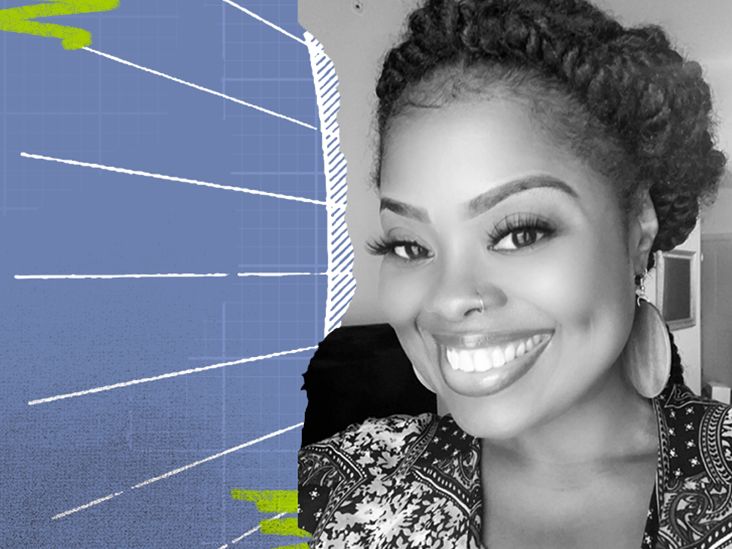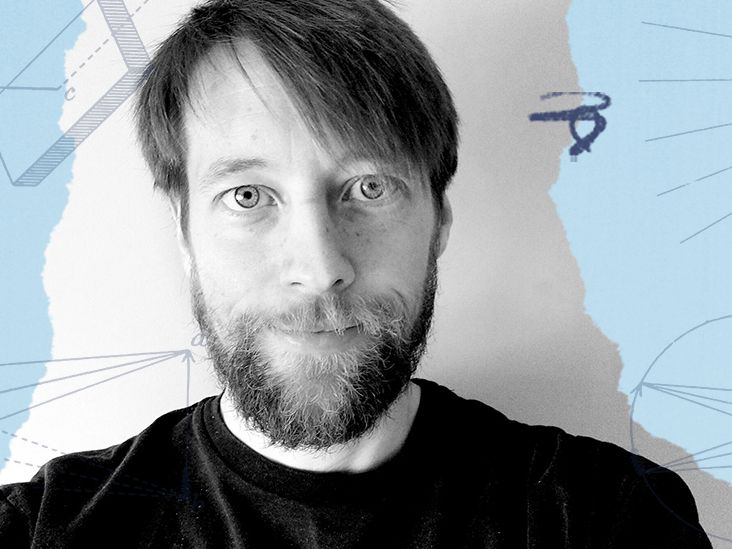
I first came across a word for this condition when reading an article in a newspaper: aphantasia. To be truthful, I thought everybody was the same as me, as it is rare that we ask each other, “What happens in your brain when you think?”
It is not a usual conversation starter, though it is one I think we should ask more often, as it helps us understand each other in a way that is vital and necessary.
In my work as a narrative consultant and international performance storyteller, I often have people tell me that I create wonderful images for them with my words and that they can see the landscapes and characters that I conjure up during performances. Yet I see nothing.
The irony is not lost on me, yet I “know” the story, the characters, and the landscapes intimately. I can describe them to you but do so without visualizing them. Let me explain.
Imagine being taken on a walk blindfolded. Imagine that someone is next to you, narrating what is around you. Your body, feet, and hands can reach out and touch, and you will know when the path slopes down. You will feel the change from mud to gravel, and you will sense the difference in sound and pressure when you are near the cliff edge.
Imagine going on this walk every day for weeks, then think about someone asking you to describe it to them. You will be able to do that without actually having seen it; you will “know it” in a different way.
That is a little taste of how it is for me. I have a constant narration in my head telling me rather than showing me things. I think this is also linked into my inability to listen to anything spoken when I need headspace to think in words.
For example, if I am “crafting” anything with my hands, I can listen to spoken words on the radio. However, if I need to write an article or do anything involving words, I can only have music, no lyrics. There is not enough space in my head for any more words, as they are my main thinking tool and cannot be interrupted.
As a performer of stories and former U.K. National Storytelling Laureate, I am often described as “lyrical” with a strong physicality. These two things are important to me in helping me access and remember the words I need.
I think that lacking the ability to “see” the story enables me to “inhabit it.” This means that rather than describing what I see, I become it.
I am not describing a man whom I can see, who is “wide shouldered, slim hipped, dark haired, and full lipped.” I am that man describing myself in that moment. I am not describing the young woman with “dark curls tumbling over pale white shoulders.” I am that girl, describing myself from behind her eyes, without actually seeing her.
As I perform, my body “inhabits” those people or descriptions, which results in my “physicality.” I describe landscapes almost by “lassoing” them into shape with words, conjuring them up in this way rather than with imagery.
As I try to describe this to you, my hand lifts itself up into the air in front of me as I think of a mountain range. I have to trace the shape of it with words or my hands in order to know it. Yet those words and movements create powerful images for others.
This is further enhanced by how I need to use rhythm or rhyme, assonance or alliteration in my tellings, as they pad out and shape the images, giving them a form that enables me to connect with them in a very tangible and visceral way.
Interestingly, when I am working on writing a book or performance piece, I often start by drawing images. I then add words and descriptive language.
It is impossible for me to write directly onto a computer, or even into an exercise book, for this type of work. I think this is because I cannot contain the whole “pattern” of the piece in my head; I need to see the whole thing out on a roll of paper. Only then can I start to build up the sections. I need to see the “big picture” in front of me first.
Some studies into aphantasia have identified that aphantasics have strong abstract thinking skills. I know this is one of my skills, and I think it is related to the fact that I am not pinned down to a visual of how one thing should look or be. This means that it may be easier for me to connect ideas that others might not be able to.
If you saw a plan for one of my shows, you would very much understand. It is usually a collection of post-it notes, arrows, colored lines, and images. At first glance, they look like a whacky mind map, but to me, they make perfect sense.
I truly believe that in my work as a performer, my aphantasia is a benefit.
However, having aphantasia does have its downsides, as my husband can definitely testify! I live in Sweden and am married to a Swedish man who is most at home in the forest.
He has a great sense of direction, which is beneficial for me as I can get lost between the car and the curb. If we go into the forest, I really struggle to retrace my steps, much to his amusement.
He will often talk about previous walks we have been on, and he can quite literally “see” them as a movie in his head. To help me recall these, I have adopted certain techniques for anchoring and embedding them based on their names and something that happened there.
This also links into some issues I encounter when reading books or watching movies. It can be difficult for me to remember what has happened or who is who.
When I am reading a book, I am fully immersed, and when I am watching a movie, it is the same, but often I cannot fully recall it afterward. I adored all of the Harry Potter books and films but truthfully cannot even remember the titles, let alone all of the content and certainly none of it in sequence.
My memory is not linear — more a series of flashes. Again, counterintuitively, I and many others with aphantasia find it easier to recall photos. Some of these will take the place of an actual lived memory, and we attach the events to them.
As an example, I recall — I cannot see it, but I know it — a photo of me under the almond tree in the garden taken after my confirmation. However, I have no memory of the confirmation itself.
Many aphantasics also dream in images yet will not be able to “see” them afterward, even though they can tell you what the dream was about.
My knowledge of my aphantasia has enabled me to become more aware of how we uniquely inhabit and make sense of our worlds. This is vital in my work as a consultant; I use narrative as my main tool to help people develop better relationships with their communities, organizations, and, ultimately, themselves.
Let me ask you a question. I want you to think of an elephant. Hold it in your “mind’s eye” and picture it there. Ask a friend or family member to do the same. Did you both have the same elephant? I hazard a guess that you did not.
Some people imagine a cartoon elephant, some imagine a real elephant moving, and some imagine a drawn elephant that is static.
At the start of most of my training sessions, I ask people to just imagine the letter “A.”
Some people see a capital letter, while some see a lowercase letter. Some see it in red, some see it in blue, some see it against a pink background, some see it moving, some see it in a particular font, and others may not be able to see it at all but will still “know” it, like me.
So, what does this mean to us as humans who wish to understand each other?
I think if any of us are in the work of communication, it is vital that we recognize the incredibly nuanced ways in which we all think. Often, we believe that there is only one “truth.” We believe without questioning that black is black, white is white, red is red, and green is green — yet we are all aware that someone who is colorblind can see green as red.
So, what is true to one person may not be true to another. I hold this knowledge like a precious gift of wonderment. It makes me curious about the world and the people who inhabit it.
I hope it makes you curious, too, and I hope it makes you question what happens in your brain when you think and what happens in other people’s brains when they think.
This may lead to a much better understanding of ourselves and each other, and that can only be a good thing.


